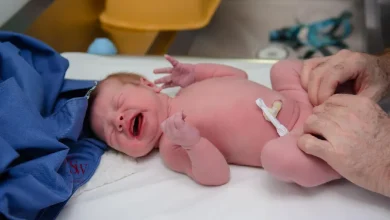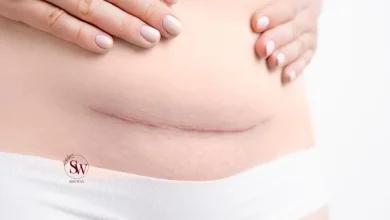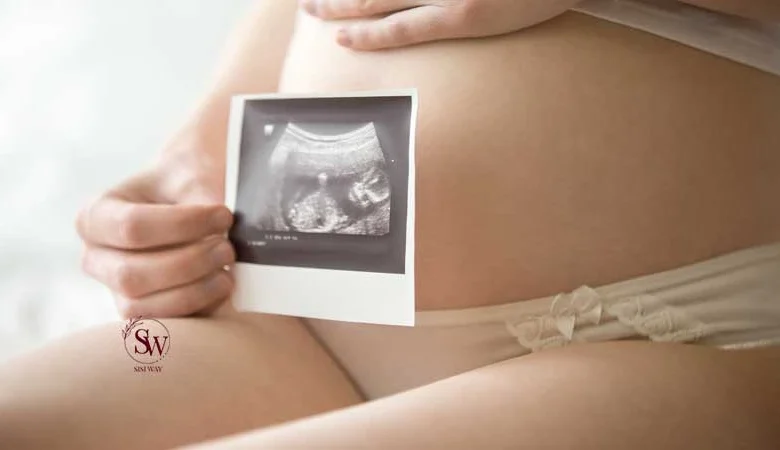
Navigating the complex journey of female fertility is crucial for many women, whether planning for pregnancy or understanding their reproductive health. Fertility, a pivotal aspect of a woman’s life, varies significantly over time, influenced by numerous factors. This comprehensive guide aims to demystify the concept of fertility in women, focusing on the critical question: when is a woman most fertile? We will explore the biological processes, the menstrual cycle, and various factors affecting fertility, alongside practical advice for maximizing fertility potential.
Female Fertility
Female fertility is a dynamic process, primarily governed by the menstrual cycle. This cycle, averaging 28 days but varying among individuals, is a recurring process designed to prepare the female body for pregnancy. It involves complex hormonal changes, affecting the ovaries and the uterus. The cycle is divided into several phases, each playing a crucial role in fertility.
The Menstrual Cycle and Fertility
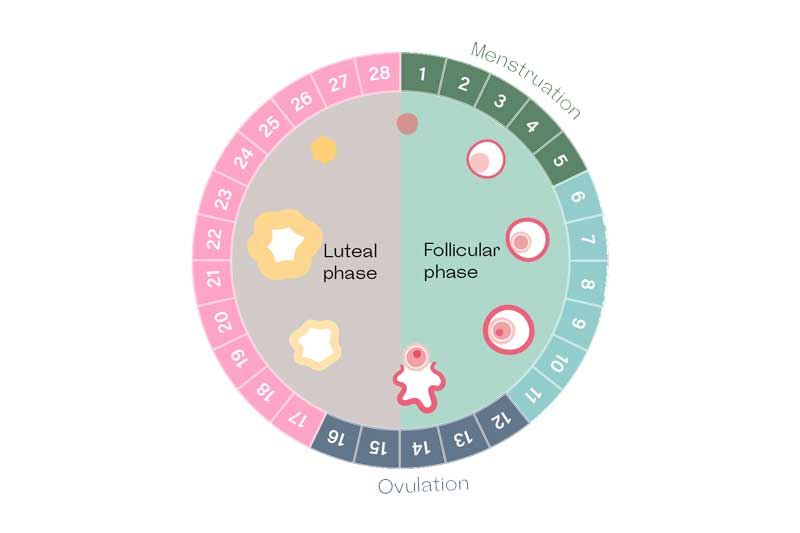
The menstrual cycle comprises three main phases: the follicular phase, ovulation, and the luteal phase. The follicular phase begins with menstruation and involves the preparation of an egg for release. Hormones like follicle-stimulating hormone (FSH) stimulate the ovaries to develop follicles, each containing an egg. As this phase progresses, one follicle becomes dominant, preparing for ovulation.
Ovulation marks the peak of fertility in the menstrual cycle. It’s the process where the dominant follicle releases an egg into the fallopian tube, ready for potential fertilization. This phase is brief, typically occurring around the 14th day of a 28-day cycle, but it can vary.
The luteal phase follows ovulation. During this phase, the body prepares for a potential pregnancy. The ruptured follicle transforms into the corpus luteum, releasing hormones like progesterone to thicken the uterine lining. If fertilization doesn’t occur, the corpus luteum degenerates, leading to the shedding of the uterine lining, known as menstruation, and the start of a new cycle.
Understanding the Ovarian Reserve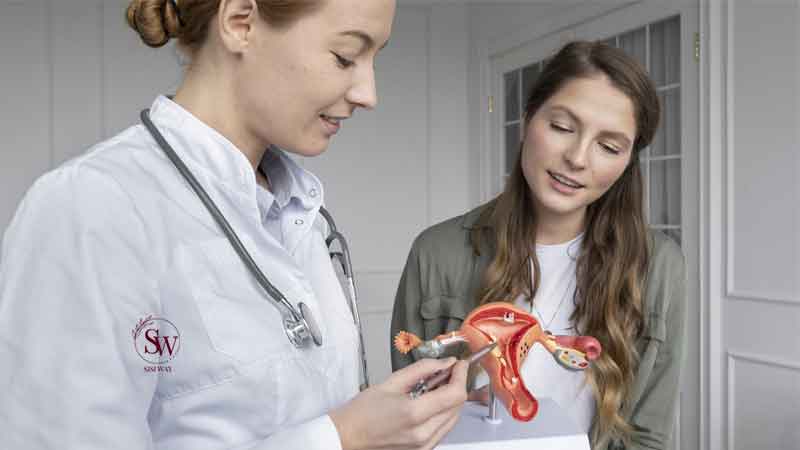
A woman’s ovarian reserve refers to the total number of oocytes (egg cells) present in her ovaries at any given time. This reserve is established even before birth, with a female fetus developing around 6 to 7 million potential egg cells. By the time of birth, this number drops dramatically to about 1 to 2 million.
The Journey from Birth to Menopause
The journey of a woman’s egg count is marked by a continuous decline. From the millions of potential eggs present at birth, only about 400,000 remain at the onset of puberty. It’s important to note that not all these eggs are viable for fertilization. Throughout a woman’s reproductive years, typically between puberty and menopause, only about 400 to 500 eggs will be ovulated.
The Menstrual Cycle and Egg Release
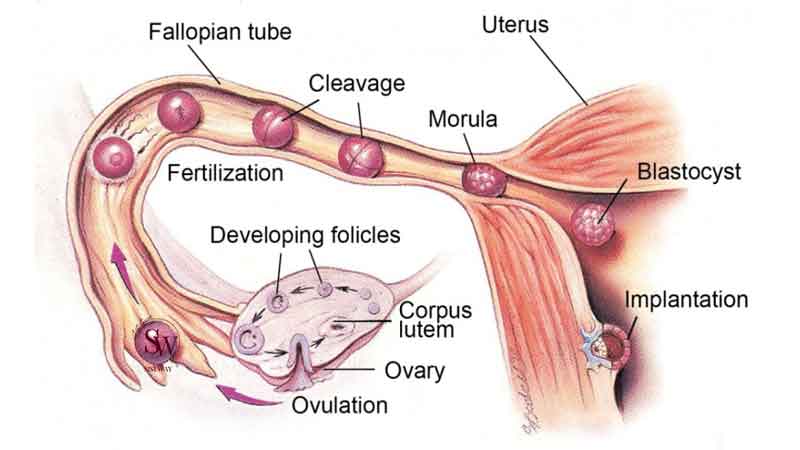
Each menstrual cycle marks the potential for an egg to be released and possibly fertilized. The cycle is a complex interplay of hormones that prepares the ovary to release an egg. However, not every cycle leads to the release of an egg, and as a woman ages, the number of cycles with egg release may decrease.
Factors Influencing Egg Count
Several factors can influence a woman’s egg count. Genetics play a crucial role, in determining not just the initial egg reserve but also the rate of decline. Lifestyle factors such as smoking, certain medical treatments, and environmental toxins can accelerate the loss of eggs. Additionally, medical conditions like endometriosis or polycystic ovary syndrome (PCOS) can affect the ovarian reserve.
Assessing Ovarian Reserve
Advancements in medical technology have made it possible to estimate a woman’s ovarian reserve. Tests such as antral follicle count (AFC) and anti-Müllerian hormone (AMH) levels provide insights into the quantity of remaining eggs. These assessments are crucial for those exploring fertility treatments or simply seeking to understand their reproductive health.
Preserving and Maximizing Egg Health

While the quantity of eggs cannot be increased, their quality can be preserved. A healthy lifestyle, including a balanced diet, regular exercise, and avoidance of harmful substances, is key. For women considering future pregnancies, options like egg freezing offer a way to preserve fertility.
Tracking Ovulation
Identifying the ovulation period is vital for understanding when a woman is most fertile. Several methods exist for ovulation tracking. One of the simplest is observing the menstrual cycle’s regularity. Women with regular cycles can predict ovulation more easily, typically occurring midway through the cycle.
Basal body temperature (BBT) tracking involves monitoring body temperature at rest. A slight increase in BBT often indicates ovulation. Another method is observing changes in cervical mucus, which becomes clearer and more stretchy during ovulation.
Advancements in technology have also provided sophisticated tools for tracking ovulation, such as ovulation predictor kits and fertility tracking apps. These tools analyze various fertility indicators, offering a more precise window of peak fertility.
Factors Influencing Fertility in Women
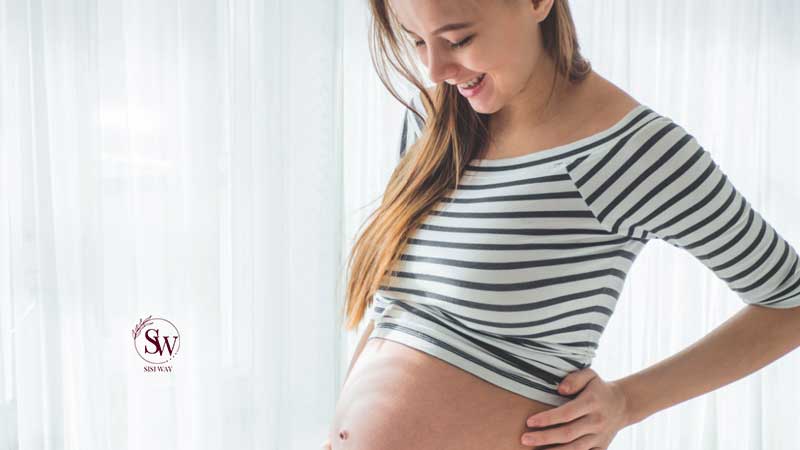
A myriad of factors can influence a woman’s fertility. Age is a primary factor; fertility peaks in the early to mid-20s and begins to decline after 30, with a more significant decrease after 35. Lifestyle factors like diet, exercise, stress levels, and exposure to harmful substances (like tobacco and alcohol) also play a role. Medical conditions, including PCOS and endometriosis, can impact fertility, as can certain medications and treatments.
Fertility and Age
The concept of fertility is inherently linked to age, particularly in the context of women’s reproductive health. The peak fertility period, often described as the ‘fertility window,’ is a term that refers to the age range where an individual’s reproductive capabilities are at their highest. Generally, this period spans from the late 20s to the early 30s, marking a time when fertility is considered to be at its optimum.
Also Read: Traveling During the First Trimester of Pregnancy
Maximizing Fertility: Tips and Strategies
To maximize fertility, women should focus on maintaining a healthy lifestyle. This includes a balanced diet rich in essential nutrients, regular exercise, stress management, and avoiding harmful substances. Monitoring ovulation and understanding the body’s natural fertility signs are also key. For those facing challenges in conceiving, seeking advice from a fertility specialist is recommended.
FAQ
- What Is Considered the Optimal Fertility Age? The optimal fertility age typically refers to the time when an individual’s fertility potential is at its peak. For women, this is usually in their late 20s to early 30s. For men, while fertility slightly decreases with age, the decline is less pronounced than in women.
- How Does Age Affect Fertility in Women? As women age, the quantity and quality of their eggs decrease, leading to a decline in fertility. This decline becomes more significant after the age of 35 and accelerates after 40.
- Can Men Experience Age-Related Fertility Decline? Yes, men can experience a decline in fertility with age. This is typically characterized by a decrease in sperm count, motility, and morphology, although the impact is less immediate than in women.
- What Are the Risks of Delaying Parenthood? Delaying parenthood can increase the risk of fertility issues, including lower chances of natural conception and increased risks of pregnancy complications, miscarriage, and genetic abnormalities.
- How Can I Determine My Fertility Age? Your fertility age can be assessed through various medical evaluations. For women, tests like antral follicle count and AMH (anti-Müllerian hormone) levels can provide insights. For men, a semen analysis is a standard assessment.
- Is It Possible to Enhance Fertility as Age Increases? While age-related decline in fertility is natural, maintaining a healthy lifestyle, including a balanced diet and regular exercise, can help enhance fertility. Additionally, medical interventions such as IVF can be considered.
- What Role Does Genetics Play in Fertility Age? Genetics can influence the age at which your fertility starts to decline. Family history of early menopause or fertility issues can be indicators.
- Can Lifestyle Choices Impact the Fertility Age? Yes, lifestyle choices such as smoking, excessive alcohol consumption, and being under or overweight can impact fertility. Adopting a healthy lifestyle can improve fertility outcomes.
- Are There Any Early Signs of Declining Fertility? For women, changes in menstrual cycle regularity and intensity can be early signs of declining fertility. For men, changes in sexual function or ejaculation issues can be indicators.
- When Should I Seek Professional Advice About Fertility? If you have been trying to conceive for over a year without success (or six months if you’re over 35), it’s advisable to seek professional advice. Additionally, if you have medical conditions or a family history of fertility issues, consulting a specialist earlier is recommended.
Conclusion
Understanding when a woman is most fertile involves a comprehensive grasp of the menstrual cycle and awareness of individual health and lifestyle factors. By tracking ovulation and maintaining a healthy lifestyle, women can better navigate their fertility. Whether the goal is conception or simply understanding one’s body, knowledge of fertility is empowering.

